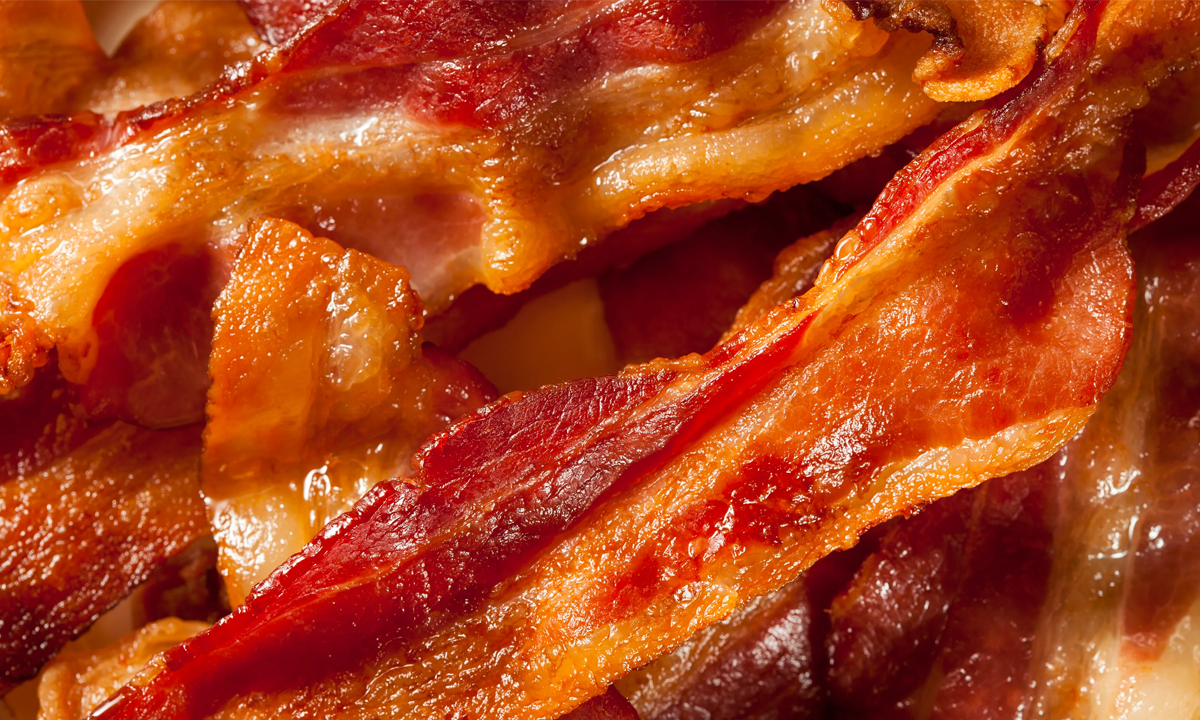Written by Jonathan Du Fault
Starting January of 2022, California will be enforcing an animal welfare proposition approved in 2018 by state voters.
This new law, prop 12, requires more space for breeding pigs, egg-laying chickens, and veal calves. National veal and egg producers are optimistic they can make the deadlines for the new standards, only 4% of hog operations now comply with the new rules. Unless the courts intervene or the state temporarily allows non-compliant meat to be sold California will lose almost all of its pork supply. Most of California’s pork comes from Iowa currently.
With little time left to build new facilities, inseminate sows, and process offspring by Jan. 1, it is hard to see how the pork industry can adequately supply California, which consumes 15% of all pork produced in the country.
“We are very concerned about the potential supply impacts and therefore cost increases,” said Matt Sutton, the public policy director for the California Restaurant Association.
California’s restraints and groceries use over 255 million pounds of pork a month, with only 45 million pounds being supplied from California’s hog farms, according to Rabobank, a global food and agriculture financial services company.
The National Pork Producers Council has asked the US Department of Agriculture for federal aid to help pay for retrofitting hog facilities around the nation to fill in the gap. Hog farmers have not yet complied because of the cost and because California hasn’t yet issued formal regulations on how the new standards will be administered and enforced.
If 50% of the pork industry were lost in California, the state would see a 60% increase in pork prices. This means that a $6 package of pork would now cost $9.60.
At one typical hog farm in Iowa, sows are kept in open-air crates measuring 14-square-feet when they join a herd and then for a week as part of the insemination process before moving to larger, roughly 20-square foot group pens with other hogs. Both are less than the 24 square feet required by California law to give breeding pigs enough room to turn around and to extend their limbs. Other operations keep sows in the crates nearly all of the time so also wouldn’t be in compliance.
The California Department of Food and Agriculture said that although the specific detail is not out yet, the key rules about space have been known for years.
Iowa raises one-third of the nation’s hogs. Farmer Dwight Mogler estimates that changes would cost approximately $3 million dollars. He also says that he only has 250 pigs in areas that now hold 300.
To afford the changes, Mogler would need to make $20 more a pig than he currently makes now which would be reflected on consumers.
If the courts or state make no changes, California will see pork shortages and the price jumps across the state.




